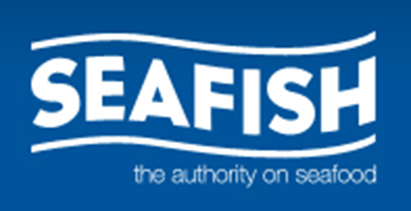THE impact of Covid-19 has been felt right across the UK seafood chain including aquaculture

THE impact of Covid-19 has been felt right across the UK seafood chain including aquaculture , a detailed review of the industry by Seafish has shown
Seafish says the purpose of the assessment reports is to help businesses, organisations and Government understand what is happening in the industry. It highlights how different sectors have been affected throughout the pandemic.
Aoife Martin, Director of Operations at Seafish said: “There’s no doubt that Covid-19 has caused challenges and disruption for our seafood industry. Since the start of the pandemic we’ve been collating information on how businesses across all sectors have been affected. We’ve now brought these insights together with the data to give a full picture of impacts across the whole supply chain for the first half of this year.”
This review focuses on impacts from January to June 2020. It looks at how the pandemic affected seafood supply, production, distribution and markets. Key impacts highlighted in the review are:-
- Export markets were hit first, as key countries including China, Italy, Spain and France entered lockdown.
- Retail sales soared as the UK began life in lockdown, before levelling off to an increased level compared with the same time in 2019 – the boom in retail benefitted supermarkets but also high street fishmongers.
- UK foodservice markets collapsed at the end of March as lockdown put a hold on eating out and tourism.
- As businesses along the UK seafood supply chain lost access to their usual markets, new small-scale markets to sell direct to consumers emerged.
- Under lockdown, businesses faced issues with regularity and reliability of transportation and logistics networks.
- High operating uncertainty led many processing businesses to close or reduce production temporarily as businesses utilised government support schemes and furloughed workers.
- Some businesses closed permanently, while others adapted their products and routes to market to suit the new operating environment.
- Businesses that remained open or re-opened during lockdown had to adapt to new social distancing requirements.
- Reduced demand and processor capacity had a direct impact on raw material supply and price.
- UK landings and imports were both considerably lower than in the same period last year.
- Reduced demand was problematic for businesses managing live animals – aquaculture businesses faced short-term difficulties with this.
- Concerns have been raised around the long-term impact of Covid-19 disruptions on multi-year aquaculture production cycles.
As well as looking at data, Seafish researchers also spoke to businesses about their experience. Taking about the impact on retail Scott Johnston, Technical & CSR Director at Young’s Seafood noted: “At Young’s, we saw an uplift across our retail business which began in the lead up to lockdown. This started with strong chilled sales and was followed by an uplift in frozen sales as shoppers switched to bigger, less frequent shops and filled up their freezers with 142m fewer shopping trips taken in between March and April.”
The review also features stories of businesses that adapted to Covid-19 impacts by moving into or expanding direct and online sales to consumers. John Watson, owner of traditional fishmongers CFayre in Largs said: “We’re selling more fish now than before the pandemic. We’re not sure whether that’s because customers have discovered us, moved away from supermarkets for their fish or are simply appreciating the quality of Scottish fish, but it’s been very positive.”
The publication of this review marks the first step in a quarterly reporting process. As different data sets are available at different times, this allows Seafish researchers to analyse a time period in the context of the whole industry.

